Many people are familiar with the game of chess, in which the elephant is the most powerful chess piece, followed by the lion, tiger, leopard, dog, wolf, etc. But in the real world of beasts, how strong are these animals? The following is the top ten land beasts counted by the editor. This ranking shows the advantages and strengths of the top ten land beasts. Each animal plays an important and unique role in its ecosystem. Welcome to discuss:
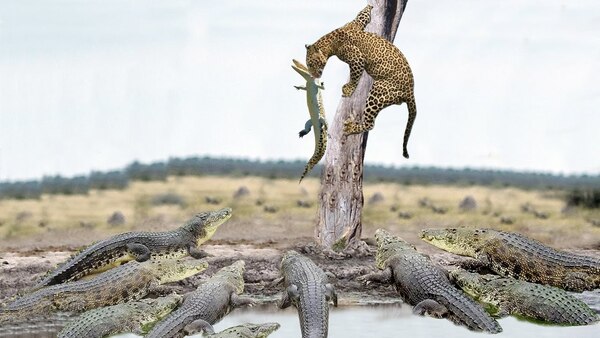
1. Saltwater crocodile
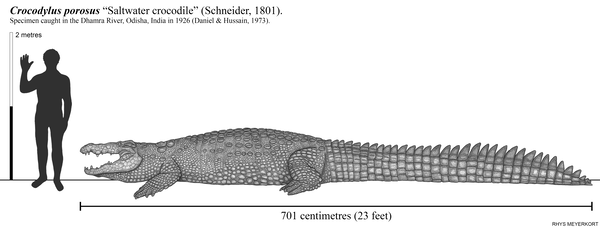
Saltwater crocodiles are the largest reptiles known to date. Adult male saltwater crocodiles can be more than 6 meters long, weigh more than 1 ton, and have a bite force of up to 1.9 tons. They are ferocious and have almost no natural enemies. They often prey on large mammals such as buffalo, livestock, and wild boars. In Australia, saltwater crocodiles have attacked humans and even ships, showing their terrifying power. Although the saltwater crocodile is very powerful, it is not certain to win against other top predators such as tigers. There are reports that the saltwater crocodile and the Bengal tiger have won and lost. However, if they fight in the water, the saltwater crocodile must have a greater advantage, because its hunting and coping skills in the water are far better than on land.
2. African elephant
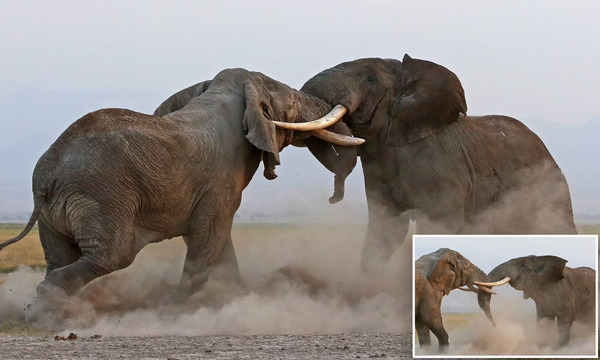
Although lions are well-known for their reputation as "the overlord of the grassland", even if several lions join forces, they dare not easily provoke an African elephant weighing 4 to 5 tons. Adult African Elephants-Are-Endangered.html">elephants can be more than 3.5 meters tall, and even up to 4.1 meters tall. Their huge bodies alone are enough to suppress most land beasts. Compared with Asian Elephants-Are-Endangered.html">elephants, African Elephants-Are-Endangered.html">elephants are more robust and powerful. Due to the special living environment, they show stronger aggression and hot temper, showing a ferocious nature that is extremely deterrent. Fortunately, this huge beast is a vegetarian animal and usually does not show its ferocious side, otherwise, it would become a very scary existence.
3. Black rhino
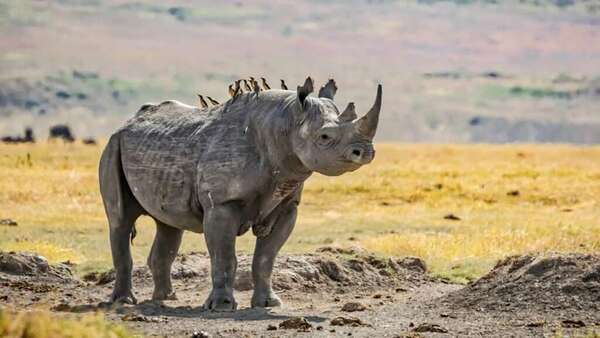
Like African elephants, black rhinos dominate the African continent with their absolute size and weight. Although they are called black rhinos, their body color is actually closer to grayish white, with a body length of about 2.3 to 3.1 meters and a weight of about 0.8 to 1.4 tons. In terms of size, black rhinos are slightly inferior to white rhinos, but they are more ferocious. They are known for their bad temper and sometimes attack vehicles, humans and burning campfires. Black rhinos can run at a speed of about 45 kilometers per hour in short distances and up to 52 kilometers per hour, like an armored tank rushing straight at them, enough to easily flip a car.
4. Hippopotamus
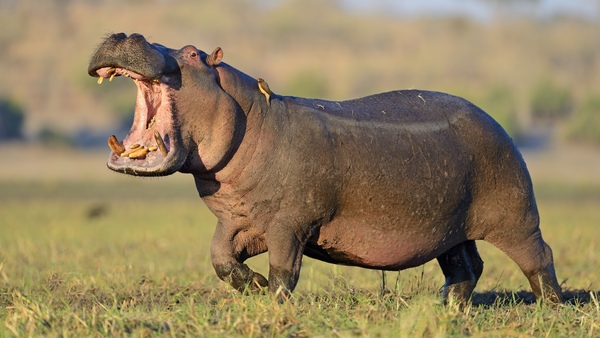
As the third largest animal on land today, the hippopotamus is second only to elephants and rhinos in size. With its huge body and aggressiveness, hippos have almost no natural enemies except humans. The average weight of an adult male hippopotamus is about 1.5 tons. They look bulky, but they can sprint at a speed of 30 kilometers per hour. There are almost no animals in the world that can withstand their impact. Although hippos are herbivores, they have extremely strong territorial awareness and aggressiveness. They are one of the omnivores that cause the most human deaths in Africa each year. Due to their similar habitats, crocodiles are often attacked and killed by hippos. Hippos also often attack humans. Records show that it is very common for humans to be attacked without provocation on the shore or on boats. Although they do not attack for prey, hippos will not hesitate to attack once they feel threatened.
5. Polar bears
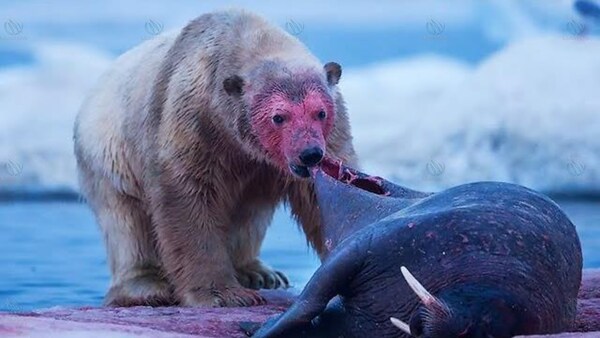
Polar bears are the largest land carnivores on Earth. Although they look cute and honest, they are actually extremely ferocious. This animal is at the top of the food chain in its area. Once standing upright, an adult polar bear can be as tall as 8.3 feet and weigh 1,760 pounds, equivalent to the weight of 3 to 4 African lions. Although they are huge, they are swift and can run at a maximum speed of 60 kilometers per hour, which is 1.5 times the speed of the world champion 100-meter race. In the water, polar bears are even more comfortable and flexible. In addition, polar bears are the only bears that will actively attack humans. It is believed that no one can survive their attacks.
6. African wild buffalo
Many people do not know that African buffalo is actually one of the most dangerous animals in Africa, and one of the animals that hurt the most people in Africa. Especially when they are injured, isolated or with cubs, they are most aggressive and more dangerous than the lions that people often fear. Because these animals have bad tempers and pose a great danger to humans, people have never tried to tame them.

Some zoologists once believed that these buffaloes were weaklings bullied by lions, but this is not the case. Because lions risk their lives every time they hunt, they usually fight in groups and attack isolated or weak buffaloes. Once buffaloes gather together, lions dare not provoke them easily. It is often the case that lions fail to attack buffaloes and are eventually forced to climb trees to avoid the buffaloes' counterattacks. There are even records showing that lions have been accidentally killed by buffaloes' horns.
7. African lion
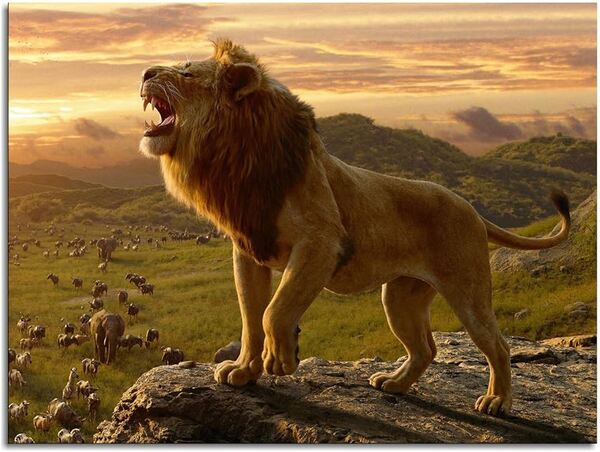
Lions, known as the "kings of the grasslands," are the top predators of the African savannah. Wild male lions weigh between 138 and 275 kilograms and can reach a length of 3.2 meters. They are considered one of the top predators, and their instantaneous speed during an attack can reach 60 to 80 kilometers per hour. Lions generally bite off the heads and necks of small prey, while for large prey, they tear or suffocate their necks. Unlike tigers, lions will form groups to hunt together. When facing fast-running prey such as impalas, they will work together to drive them to an ambush point and then launch a surprise attack; when dealing with giant prey such as tall giraffes, they will consume the opponent's physical strength until the prey is knocked down. There are even records showing that multiple lions cooperate to kill isolated elephants.
8. Siberian Tiger
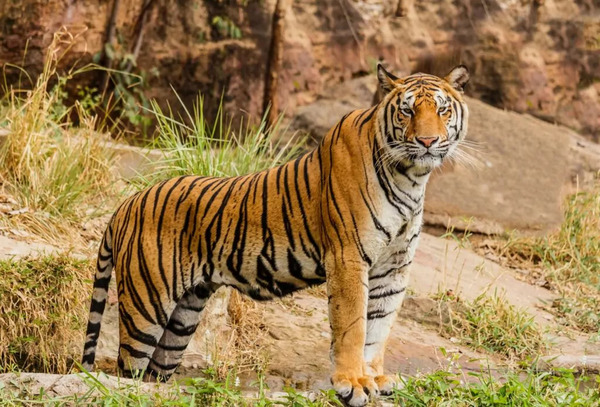
Known as the "king of the jungle", the Siberian tiger is considered one of the largest tiger subspecies. Wild adult male Siberian tigers usually weigh up to 260 kilograms and are about 3 meters long. They can jump up to 8 meters and easily jump over 3-meter-high obstacles. These tigers are suspicious, ferocious, and agile. They sneak through dense jungles without leaving any traces. They use surprise attacks as a means of hunting. When they get close to their prey, they quickly attack and quickly end their prey's life. When food is scarce, Siberian tigers will even try to prey on black bears and brown bears. These two bears actually make up 5% to 8% of the Siberian tiger's diet. Although Siberian tigers usually hunt bears, there are a few cases where brown bears have successfully defeated or even killed Siberian tigers in self-defense or resource competition.
9. Brown bear
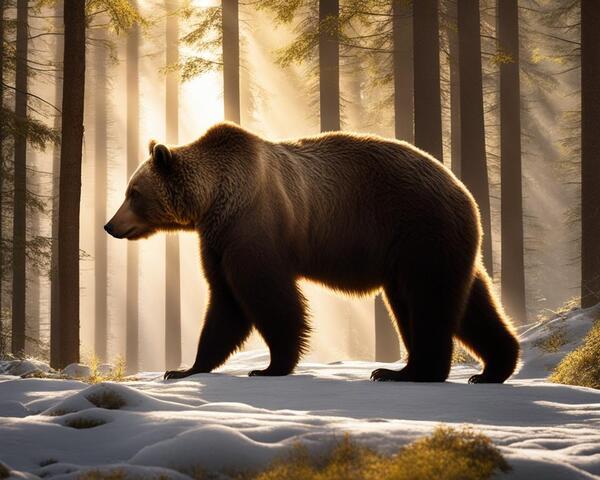
Brown bears are one of the largest carnivorous mammals on land, and they display admirable adaptability and are able to survive tenaciously in a variety of environments. These animals are huge, with adult male brown bears reaching up to 3 meters in length and weighing up to 680 kilograms, with strong bodies and great strength. When striking prey, a brown bear's strength is enough to destroy a red deer as big as itself, and can even easily break the spine of an American bison. Although brown bears cannot freely retract their claws like lions or tigers, the tremendous strength contained in their bodies is their most deadly weapon.
10. Jaguar
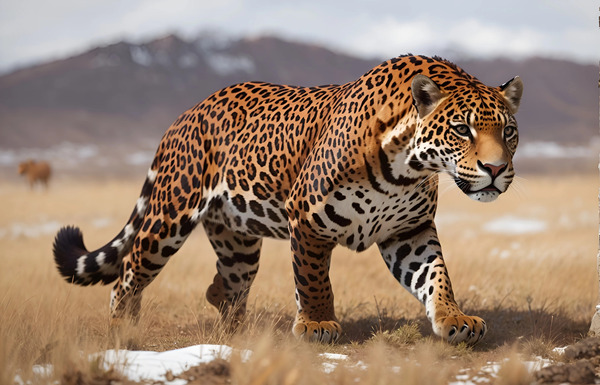
The jaguar is one of the third largest cats in existence, with a body length of about 182 to 285 cm and a weight of 70 to 180 kg. In appearance, they have similar patterns to leopards, but their overall body shape is more similar to that of tigers. As a top predator, the jaguar has an extremely strong bite force that can penetrate the hard shells of reptiles. Like other large cats, they use a rare hunting method: biting directly through the skull between the ears of the prey, killing it with one blow. When facing reptiles such as caimans, jaguars will quickly jump to the back of their prey, cut off the cervical vertebrae, and make the prey unable to move. Even giant turtles like leatherback turtles can be bitten off by jaguars.
animal tags:
We created this article in conjunction with AI technology, then made sure it was fact-checked and edited by a Animals Top editor.